Choosing the right cladding for your home is a decision that impacts both aesthetics and…
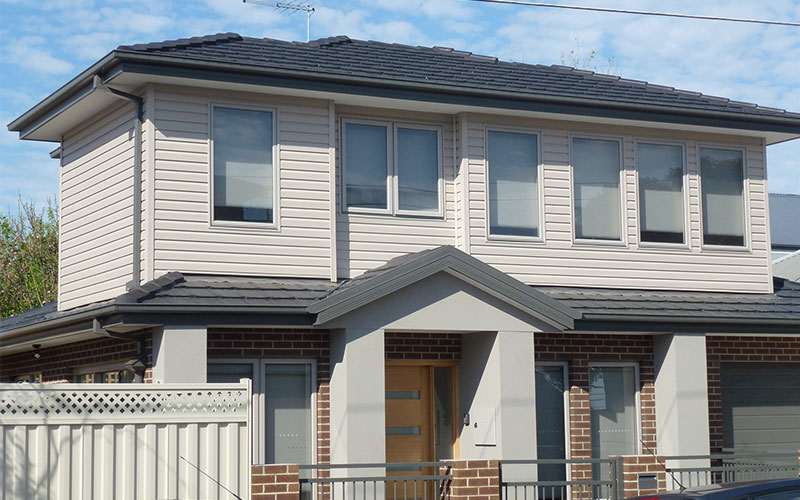
How to Install Vinyl Cladding
Vinyl Cladding Installation – whether you are a do it yourselfer or a professional, there are countless options for how to do a vinyl cladding job on a house. The types of siding available vary in several categories from weather proofing, durability, insulation, shape, size, design, colour, and more. This is definitely a job in which the contractor or homeowner should have a clear idea of the finished product—basically what the house will look like when they are done.
Vinyl Cladding is an extremely common material used in residential housing. The reason for this is that it is both cost-effective and easy to work with. This is good news for a professional builder as you will be able to develop a good cladding technique with little cost. The low cost and ease of installation, however, is also encouraging to those of you who prefer the classification of do-it-yourselfer (where this type of work is permitted of course). The following guide will be useful for both DIY and professionals interested in learning this trade however if you are in Victoria, recladding a house needs to be done by a registered builder.
First Things First
There are several different methods and techniques for installing vinyl cladding. This guide will cover the basics and outline several options for different brands and styles of cladding. It is important that you keep in mind that this is a very labor-intensive and time-consuming undertaking and a do-it-yourself approach with little preparation can get out of hand rather quickly. There are also quite a few codes and requirements that different areas may have in place that are important to consider before beginning this job.
Things that should be considered before jumping into a siding job on a house are the local regulations, what tools and materials are needed, and time and weather restrictions that may affect the job. Once all of those things are laid out you are ready to begin planning. Hopefully, this guide can assist you in the process.
Tools, Materials, and Special Requirements
Regardless if you are a professional or do-it-yourselfer, you will need specific tools to successfully install vinyl cladding. The following are tools necessary for completion:
- Measuring device such as a folding ruler
- A metal square
- Claw hammer
- Snap-lock punch
- Pliers
- Ladder and scaffold
- Crowbar
- Tape measure
- Tin snips
- Power saw
- Utility knife
- Slot punch
- Hacksaw
- Sawhorses
If you do not already have a majority of these items, you may want to call a professional vinyl siding contractor as renting or buying them will drastically increase the cost of the project.
There is also a matter of materials outside of the siding needed to get the job done. Such materials include lengths of J-channel, trim, flashing tape, nails, and of course the vinyl cladding itself. Once you gather all of the necessary tools and materials you can begin the necessary preparations to install the cladding. These preparations include making sure you are proficient at the following:
- The preparation and levelling of exterior walls
- Insulating and flashing
- Finishing edges
- Cutting, laying out and fixing horizontal weatherboards and paneling
This may seem to be a fairly daunting list of requirements if you are a DIY builder. You may even choose to default to a professional at this point. This is why in some areas, a registered professional is required as mentioned earlier.
Special Requirements within Victoria
Domestic building work is work associated with the construction, renovation, improvement or maintenance of a home.
Registered building practitioners must perform their work in a competent manner and to a professional standard, contributing to the safety and health of people who use dwellings. –Victorian Building Authority
A registered builder is the only one authorised to partake in cladding a domestic building in Victoria. A domestic building is generally defined as a place of residence, although places like nursing homes and hospitals fall into other categories. In places outside of Victoria, it is not necessary to be a registered builder for cladding a house. This does not preclude the difficult undertaking that this job can entail, so make sure that you are prepared even if you are authorised to conduct the work.
There are several skills that you should become proficient at before undergoing as large a project as cladding the exterior of your residence. There are plenty of resources for the professional and the DIY builder to brush up on or learn these different skills. It is recommended that you partake in some type of training or research before diving right in. There are several videos provided by different vinyl distributors and manufacturers, some of which we will discuss later. For now, let’s go over some of the basics pertaining to the skills listed above.
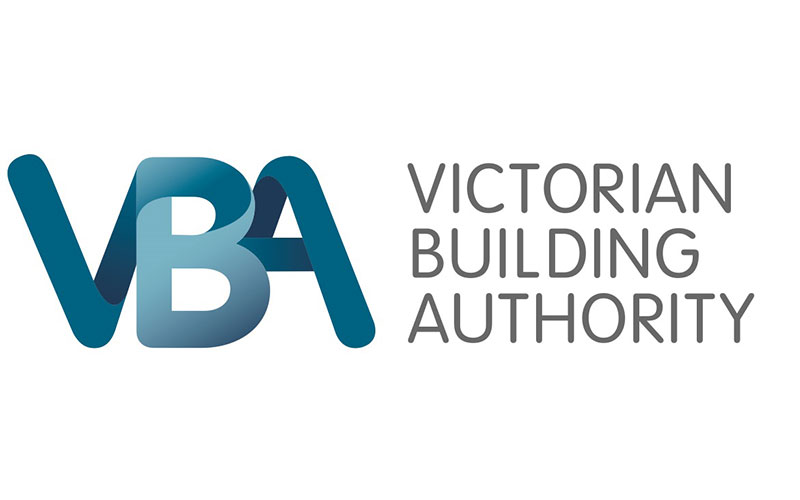 Straightening and Preparing Exterior Walls
Straightening and Preparing Exterior Walls
Preparing exterior walls is an important skill to acquire if you are going to install vinyl cladding. Making sure that exterior walls are straight and weatherproofed is crucial before application of the cladding.
You may have to remove protruding objects such as lighting from the walls. Be careful when you are removing lighting to take all necessary precautions when dealing with electricity. You may want to call an electrician or watch a few instructional videos on how to sure up the wiring. Also, make sure that you turn off the power to any lighting that you are removing. Ensure that the area around the structure is clear. This may require tying back plants.
Old caulk and sealants should be removed. You also want to check and make sure there are no cracks or issues in the backing boards or sheathing. Any place that water can get in is a potential problem. Since the exterior wall is exposed during this process, it is a good time to check insulation and weathering issues. A smooth and level sheathing must be present under the cladding to do the job properly. This sheathing generally consists of one of the following materials:
- Wood
- Wood Composition
- Rigid Foam
- Fibre Sheathing
If the sheathing is not present or installed on the exterior wall then the vinyl will become warped and uneven.
Walls may also have to be levelled depending on what type of construction you are conducting. This can be a rather difficult process for already standing structures, as opposed to a new build. Wall supports and additional levelling tools and methods will need to be applied in this step. Hopefully, if you are re-cladding an existing structure there are little to no problems with levelling.
Insulating and Flashing
This is an important step in weatherproofing. Being able to install flashing around windows and doors and installing the top and bottom of the walls to prevent weather and water damage is crucial. Part of this skill is ensuring that there is a rigid sheathing behind the cladding and that it is installed correctly without gaps or cracks in the material.
Flashing tape should be applied in appropriate areas around windows and between weatherboards. Make sure to install J-channeling along the top and bottom of the cladding to make the installation watertight. This is also a necessary step around windows and doors.
Finishing Edges
Finishing edges also pertains to a well-insulated structure, as well as a nice level end result. The uneven finish on edges can cause many issues during cladding or down the road. Finishing corners and the top and bottom of the cladding installation is important in a job well done. It is important to use a level and leave the necessary gaps when installing corners. Recommended gaps are usually 10mm from the top and bottom and corners.
Weatherboard Installation
Weatherboards are another term for the rigid sheathing underneath the cladding. The installation of this sheathing must be done properly to ensure good insulation and level paneling. Measuring is a key step before cutting the boards.
All sections need to fit evenly, especially due to the tendency of the material to expand and contract. Generally, you want an overlay over 30mm for paneling strip installation with each strip measuring a width of 150mm. The length will vary depending on the structure that is being added.
Installing the Cladding
Once all of the above items are in order, you are ready to install vinyl cladding to the structure. It is important to understand that most materials expand and contract based on weather conditions. This must be taken into account during installation. The nails holding the cladding to the sheathing should not be driven all the way into the board. The vinyl must be given room to expand and contract.
Expansion and contraction of materials is also the reason why a 10mm gap must be left on the top section as well as a 10mm overlay left on the bottom. The rest of the sections of vinyl in the middle will either snap together or will require an overlay, depending on the material that is used. Let’s take a look at some different brands of vinyl cladding.
Mitten Vinyl Siding
Mitten is a 25-year-old family-owned company. They offer several different brands of cladding that can either be installed by their certified professionals or ordered for a DIY installation. These brands include:
- Cambridge Vinyl Cladding
- Sentry Vinyl Cladding
- Cedarline Vinyl Cladding
- InsulPlank Vinyl Cladding
- Board & Batten Vinyl Cladding
- Vertical Vinyl Cladding
Cambridge is a lightweight vinyl cladding that consists of a wood grain pattern with a lightly textured finish. It is offered in long lengths for fewer joints, and it has a rollover nail-hem to prevent buckling and bowing. It has a wind resistance of up to 250kph giving it premium weathering performance. It is low maintenance, energy-efficient and cost-effective, and offered in 11 different colours.
Sentry is an insulated acrylic cladding that has a unique cedar grain texture. It is available in 5.84m lengths and has a roll-over nail-hem. It is environmentally friendly, energy-efficient, and cost-effective. Sentry Vinyl Cladding is available in 4 colours.
Cedarline Vinyl Cladding has a freshly painted timber look finish. It also has the rollover nail-hem and comes in 5.84m lengths. It is an insulated vinyl cladding that is maintenance-free, long-lasting, and cost-effective. Cedarline Vinyl Cladding is available in 11 colours.
Insulplank Vinyl Cladding is a fully insulated option. It reduces heat loss by up to 20% and has a secure lock design for uniformity in installation. It is durable, cost-effective, low maintenance, and energy-efficient. Insulplank Vinyl Cladding comes in 7 colours.
Board & Batten Vinyl Cladding features a cedar grain texture that is low gloss and offers dramatic vertical lines of shadow. It is durable and maintenance-free and cost-effective. It comes in 8 colours.
Vertical Vinyl Cladding has a lightly textured brush finish and its lightweight construction makes it easier to install. It is cost-effective, can withstand severe weather conditions, and is maintenance-free. It comes in 10 colours.
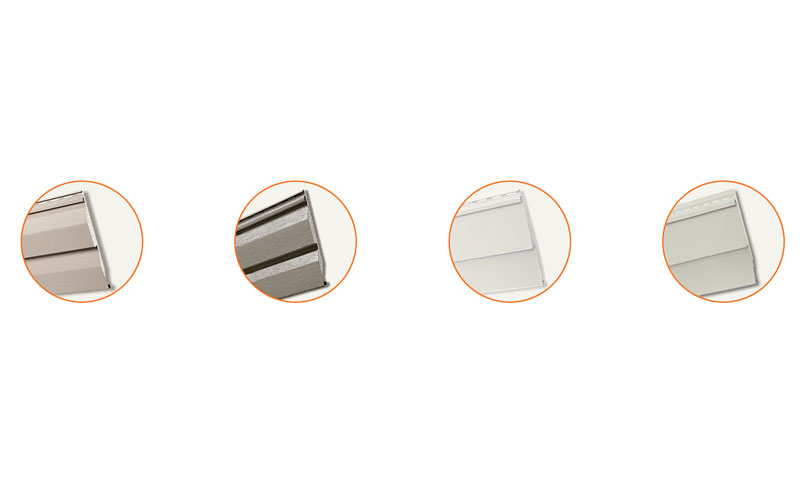 Palliside Vinyl Siding
Palliside Vinyl Siding
Palliside is a company in New Zealand. They have a 25-year guarantee on their products and offer many cost-effective and durable vinyl cladding solutions as well. The products are not as accessible on their site as with the previous company; however, they seem to have just as many guarantees about product quality and performance. They also get quite technical with their website providing CAD drawings and installation guides. They have a helpful video for DIY installation of their siding, and many other helpful guides. They also provide access to distributors of their products and professional installers.
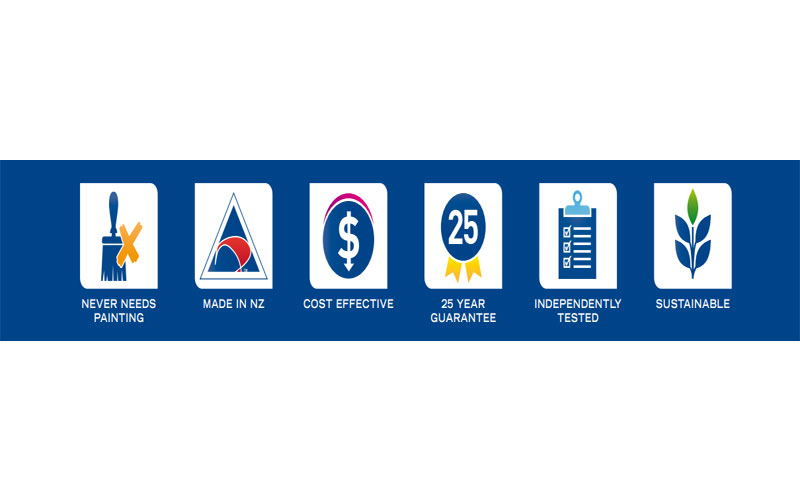 Everlast Vinyl Siding
Everlast Vinyl Siding
Everlast Advanced Composite Siding is a local Australian Vinyl Siding made by VPI Building Products. Everlast provides siding solutions throughout the Australia and New Zealand. They make the same amount of guarantees as to the other two companies and have several guides and brochures on how to install and procure their products. They offer pro resources and articles on their siding as well. Their products have a 50 year warranty. They also state there is zero-maintenance on their products like some of the products listed above. They have been in business for well over 25 years.
Everlast claims to have an extremely durable product that is fade-resistant and impermeable. Their product has an authentic cedar look and feel that is also resistant to wood-boring insects. Everlast is one of the toughest locally made products on the vinyl market and they back this up with a 50 year warranty. Everlast is a great investment if you plan on staying in your house indefinitely.
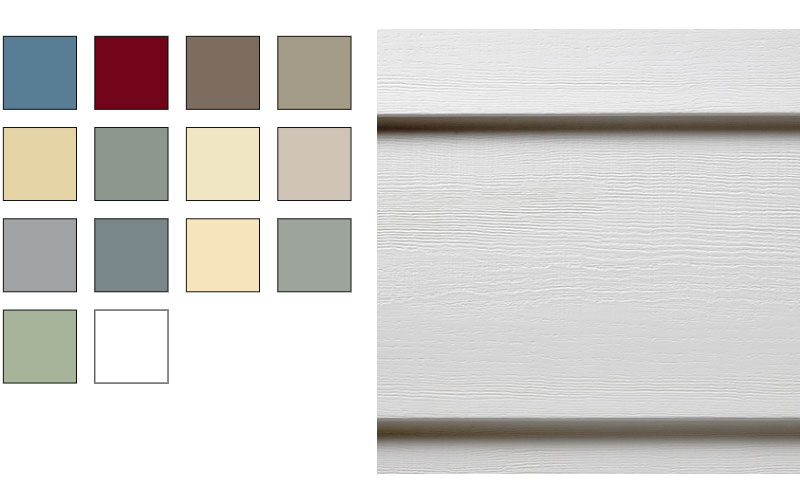 How to Choose the Right Siding For You
How to Choose the Right Siding For You
Durability is something that all three of these companies offer, Everlast more so than the others. Palliside seems to offer more curb-appeal and technical aspects of their products, as well as a lot of helpful guides for installers and users. Mitten definitely appears to have the greatest amount of variety and choices when it comes to vinyl siding. Each one of these companies has their particular strengths and weaknesses to weigh during your decision of who to go with for your vinyl cladding needs.
Choosing the right manufacturer and installer, if not yourself, is a task that definitely requires a lot of research and consideration. Homeowners and contractors should be aware of variables such as weather patterns and other risks to siding when making these decisions.
Final Thoughts on Installing Vinyl Cladding
Overall, there are a lot of different aspects that go into installing vinyl cladding. There are a lot of tools and materials required. This job seems to be an ill-advised undertaking for the untrained or un-researched amateur. If you plan on taking on this job yourself and you are not a contractor, be prepared to put in a lot of time educating yourself, and maybe even undoing your mistakes..
There are many different types of vinyl cladding available to choose from and research is required to figure out which one is best for the job that you are undertaking. Things such as appearance, insulation, cost-effectiveness, and ease of installation should all be considered when making this decision. Also, some companies offer longer warranties, different levels of durability, and varying standards for their products.
The installation of vinyl cladding is prohibited to non-professionals in certain areas, and it is not hard to understand why. Cities and localities that have stricter zoning codes and regulations and require more uniformity among the structures within their limits could tend to be much more restrictive on who they allow to work on residences and businesses. There are many reasons listed in this guide alone as to why the untrained and un-researched individual should be wary of undertaking this task of installing vinyl cladding.
Being able to install vinyl cladding is a skill that anyone should be proud of achieving, whether you are a professional or an amateur. It is crucial that you know how to do the job correctly. Vinyl material expands and contracts under different weather conditions and this needs to be considered during installation. This and countless other variables are what make this a very tough skill to learn. However, if you follow the right guides and use the right tools, methods, and materials, a job well done is quite rewarding.
Choose the Right Professional for the Job
If you need new vinyl cladding on your home and aren’t up to the task of doing it yourself, let ProSide Select be the professional team you need. With more than 25 years of experience performing vinyl cladding installation in Melbourne and the surrounding areas, we have what it takes to get the job done right.
Get a Free No-Obligation Cladding Quote Now
Thinking of installing Vinyl Cladding? Complete the below form to discuss your project and get a free quote.

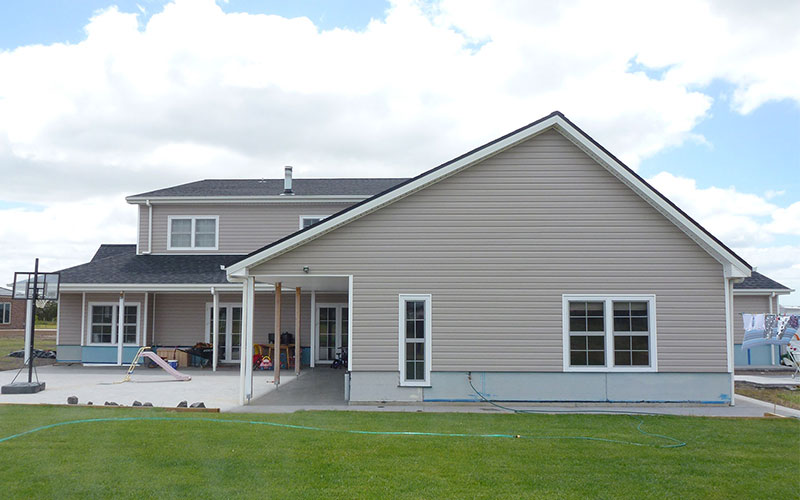
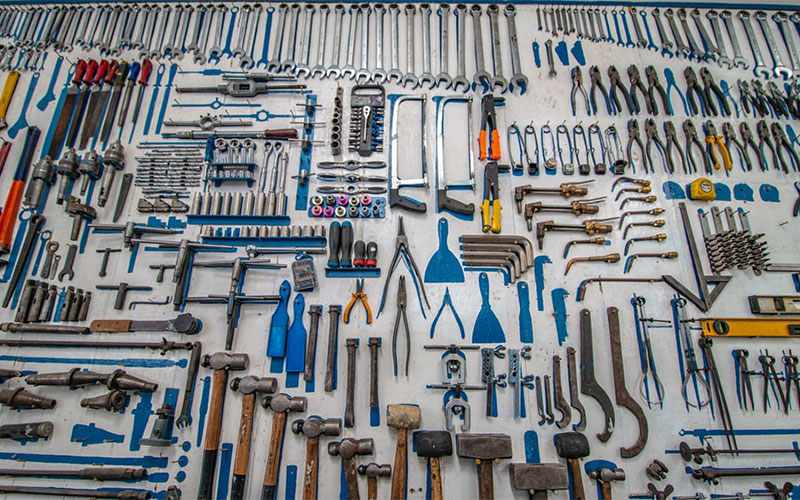
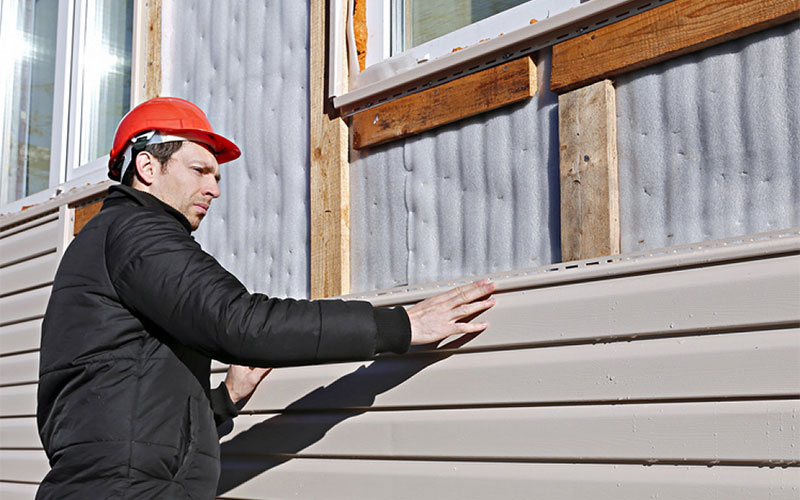
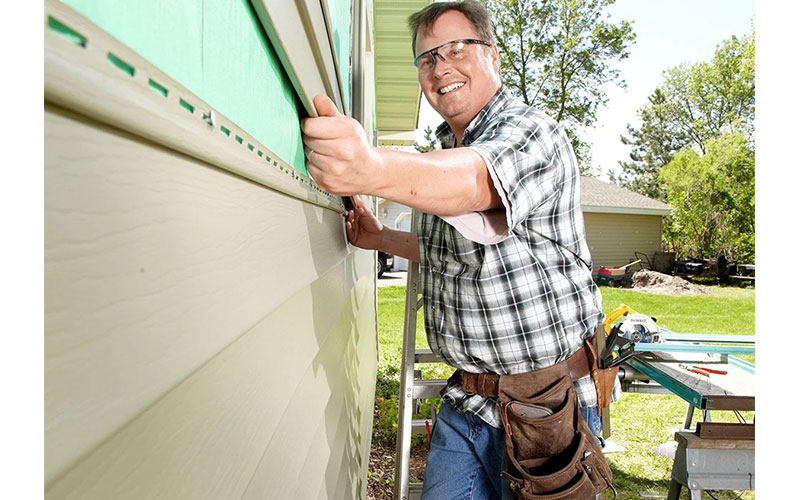
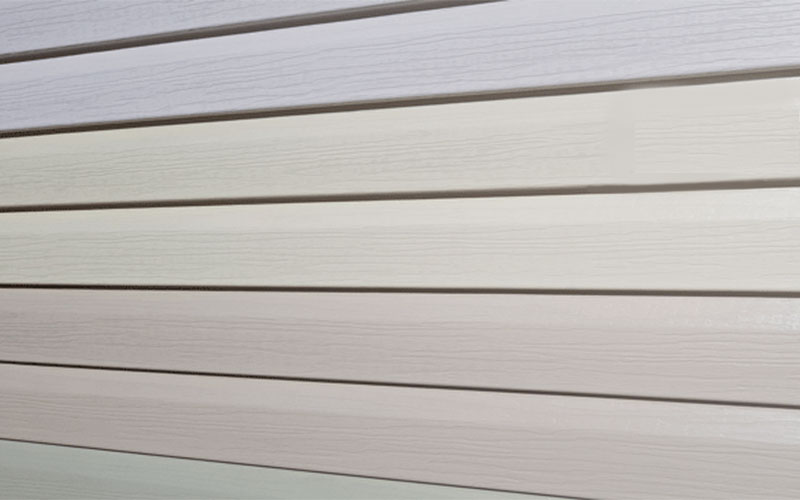
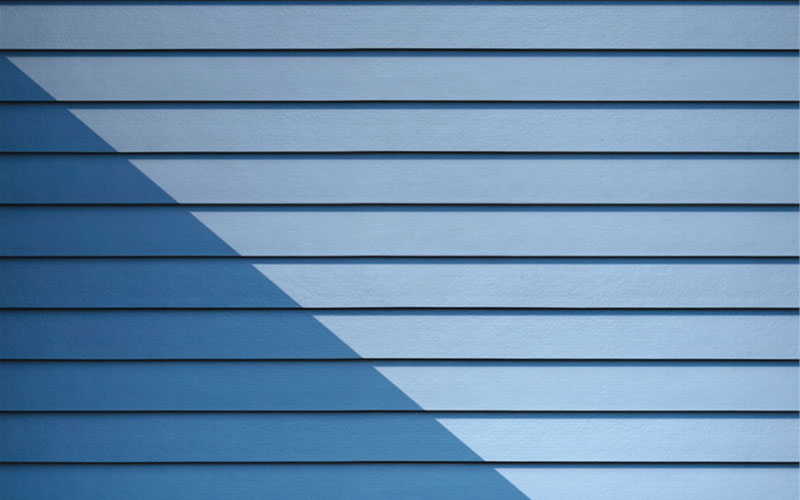
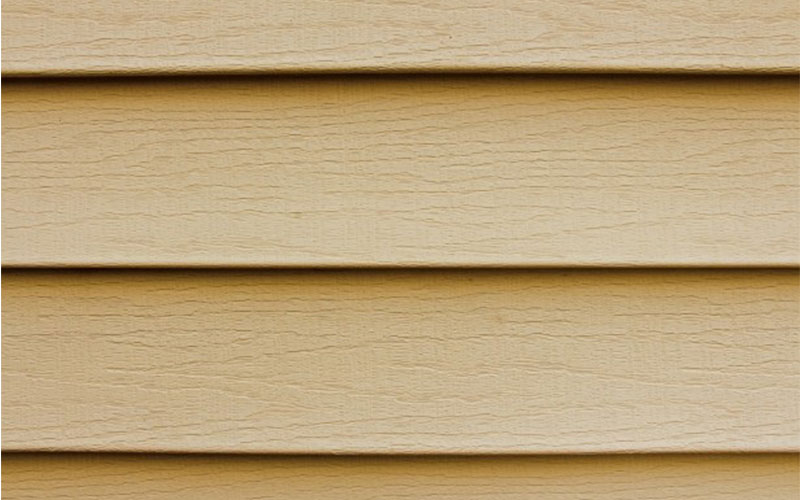
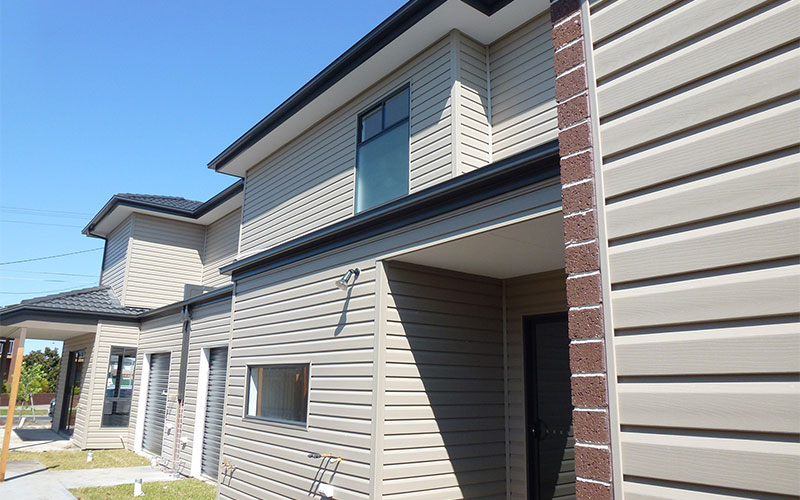
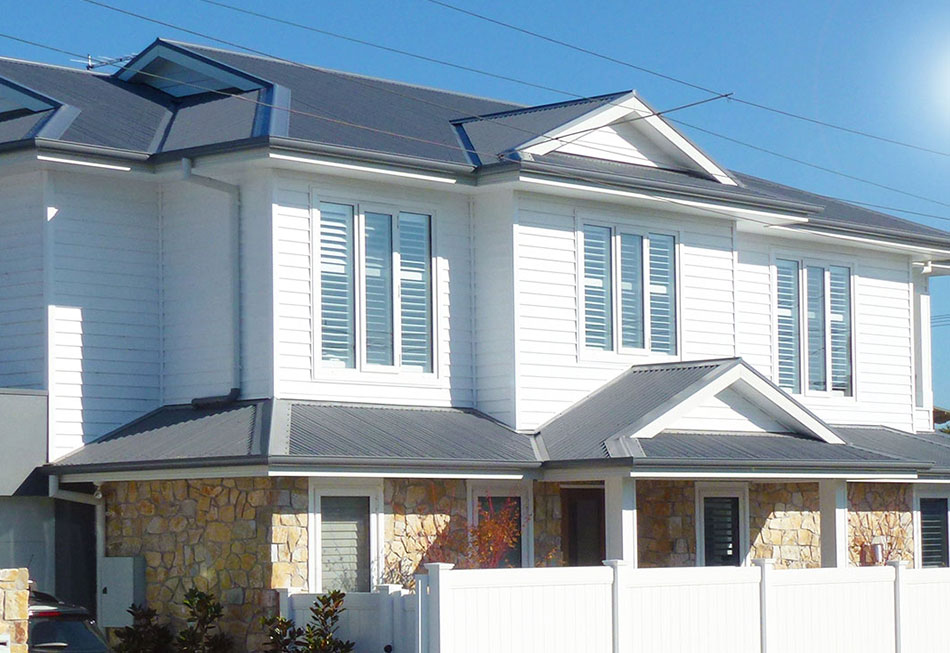

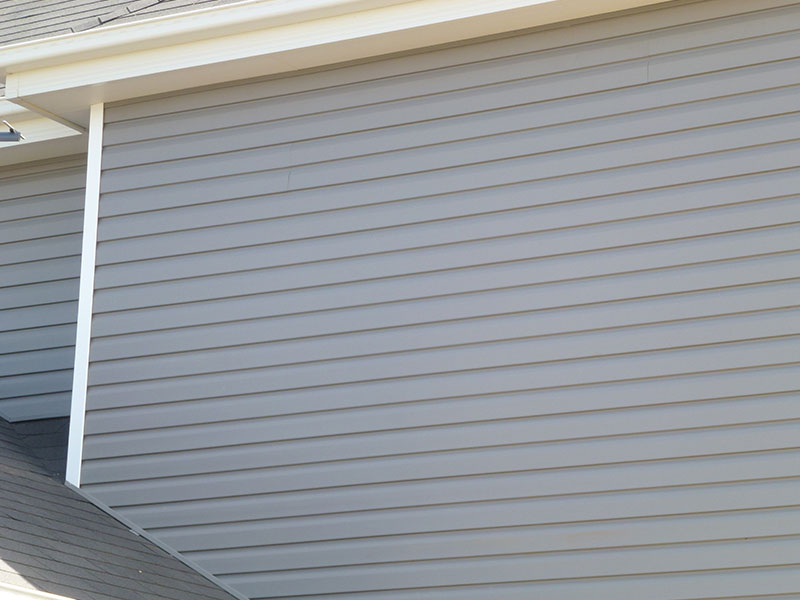
This Post Has 0 Comments